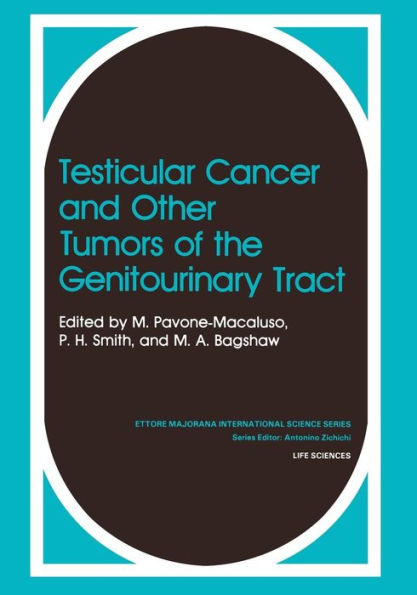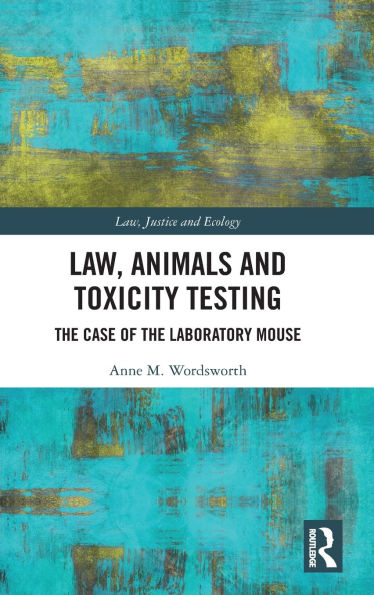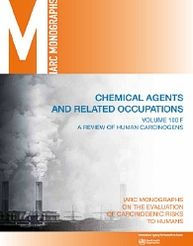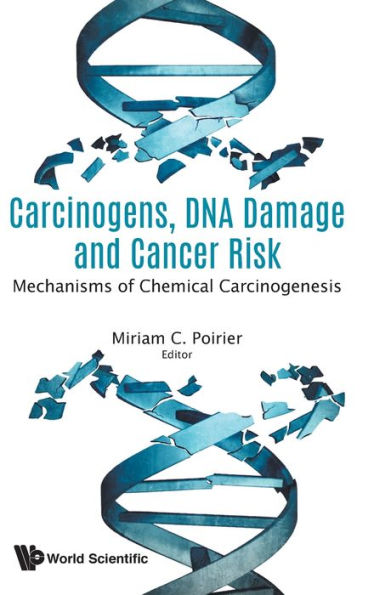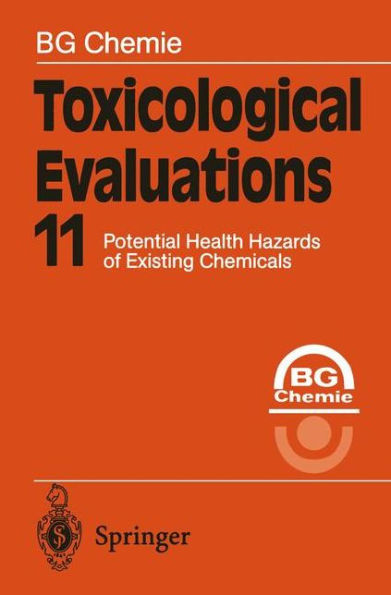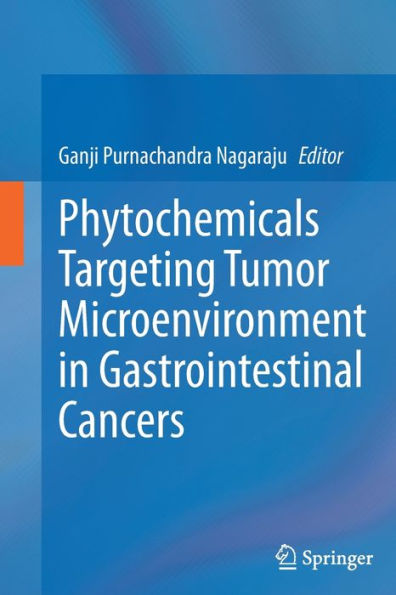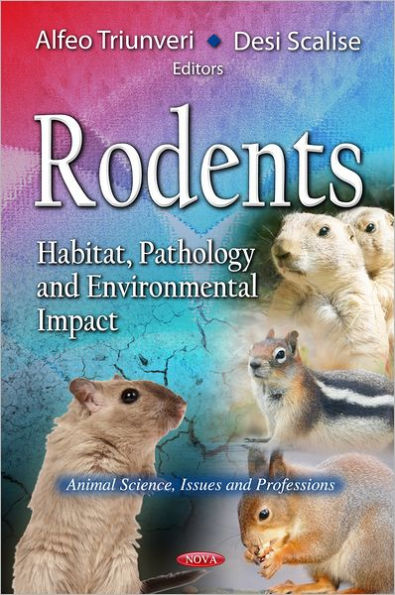Home
Some Chemicals that Cause Tumours of the Urinary Tract in Rodents: IARC Monographs on the Evaluation of Carcinogenic Risks to Humans
Loading Inventory...
Barnes and Noble
Some Chemicals that Cause Tumours of the Urinary Tract in Rodents: IARC Monographs on the Evaluation of Carcinogenic Risks to Humans
Current price: $50.00


Barnes and Noble
Some Chemicals that Cause Tumours of the Urinary Tract in Rodents: IARC Monographs on the Evaluation of Carcinogenic Risks to Humans
Current price: $50.00
Loading Inventory...
Size: OS
*Product Information may vary - to confirm product availability, pricing, and additional information please contact Barnes and Noble
This volume of the IARC Monographs provides evaluations of the carcinogenicity of: melamine, a chemical that is used to make plastic materials, including coatings, filters, adhesives, and kitchenware, and that has also been used illegally to adulterate foods and animal feeds; 1-tert-butoxypropan-2-ol, a solvent that is used as a substitute for other glycol ethers and in various consumer products; myrcene, which is found in a wide variety of plants and is used mainly as a raw material in the manufacture of chemicals such as menthol but also as a fragrance and flavoring substance; furfuryl alcohol, a chemical that is used as a solvent and in the production of furan resins and wetting agents, and that can also be formed in coffee and food during roasting, baking, or deep-frying; pyridine, a chemical that is used as a solvent or intermediate in the manufacture of pesticides, flavoring agents, vitamins, drugs, and dyes, and is also found in cigarette smoke; tetrahydrofuran, a chemical that is used as a solvent in plastics, dyes, elastomers, and glues, and is also used in the synthesis of motor fuels and in the manufacture of pharmaceuticals; and vinylidene chloride, a chemical that is used mainly in the production of copolymers for the manufacture of films for food packaging.
Exposure to all seven agents considered may occur in different occupational settings as well as in the general population. An IARC Monographs Working Group reviewed epidemiological evidence, animal bioassays, and mechanistic and other relevant data to reach conclusions as to the carcinogenic hazard to humans of environmental or occupational exposure to these agents.
